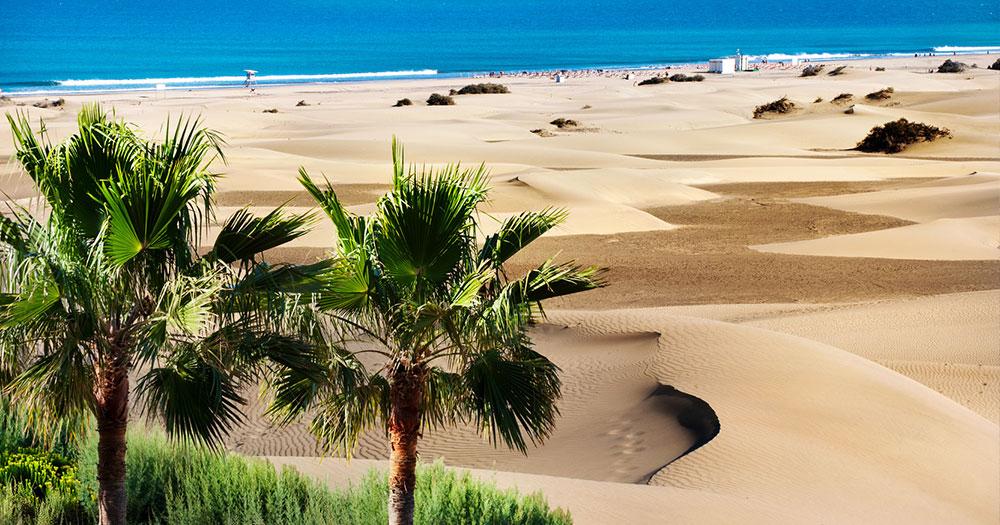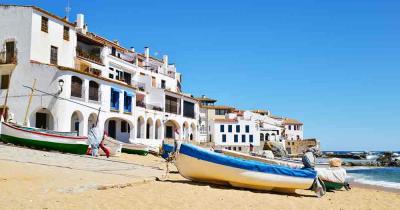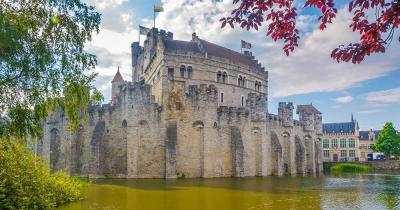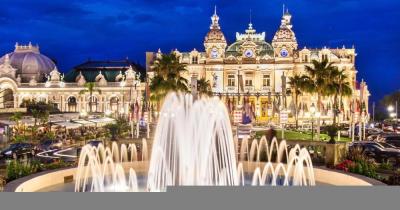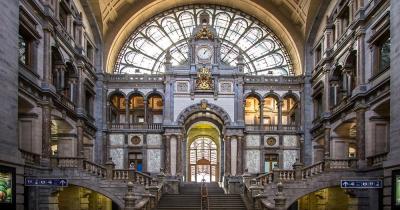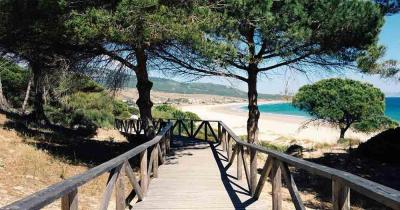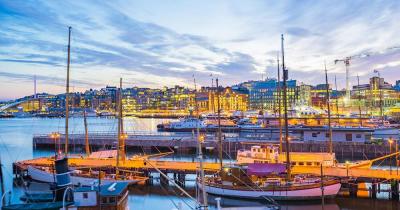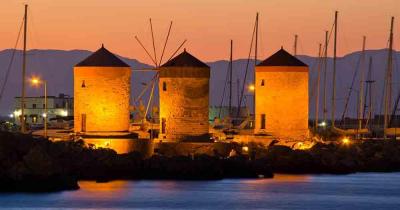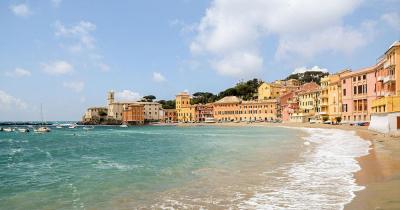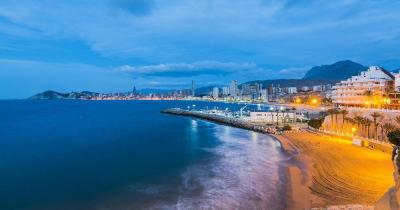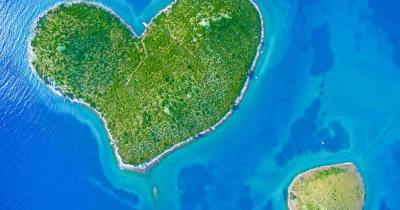Grand Canary
Island of Eternal Spring
Categories: Gran Canaria Canary Islands Spain
Gran Canaria occupies third place among the Canary Islands in terms of surface area. Tenerife and Fuerteventura belong to the neighbour islands. The almost circular island in the Atlantic Ocean has a diameter of 50 kilometres. Its highest elevation is indeed the extinct volcano Pico de las Nieves at a height of 1.949 metres, but the landmark of Gran Canaria is the Roque Nublo in the nature park Rural del
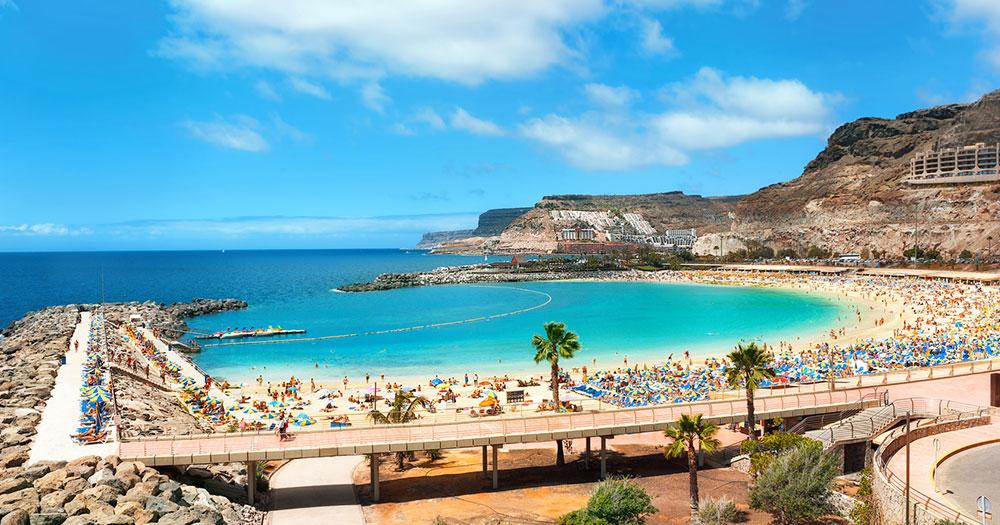 © Valery Bareta / Fotolia
© Valery Bareta / Fotolia
Nublo. The two prominent rock towers are called the Monk and Frog. Since the island has 14 microclimates, it is often compared to a miniature continent. Thus, Gran Canaria is under the influence of trade winds and can be affected by the weather phenomenon Calima. Rainfall is rare and can develop into torrential rain. With a humid north and dry south, the Spanish island is divided climatically.
Already 150 years ago the foundation stone for a health and wellness oriented tourism was laid on Gran Canaria. Today there are offers for every taste. Apart from the pleasant climate, the mineralised healing springs or the local aloe vera plant are the guarantors of a relaxing stay on Gran Canaria. The destination is booked all year round. In winter and spring the mild
Temperatures especially for hikers. Summer and autumn are popular with beach holidaymakers and water sports enthusiasts. Then the temperatures are around 30 degrees. Playa del Inglés, Maspalomas and San Augustine belong to the most important tourist centres of Gran Canaria. In their infrastructure the holiday resorts offer everything for the daily needs. Most holidaymakers fly to the island. The airport is located not far from the capital Las Palmas.
On the coast of Gran Canaria, 60 kilometres of beach are suitable for swimming.
As varied as the natural beaches in the protected bays with crystal-clear water are, everywhere they convince with cleanliness. The holiday beaches are located in the south between Tarajalillo and Mogan, which is also called the Venice of the Canaries. Here, bathing is even possible in winter with a water temperature of 19 degrees. From the most important port in Puerto de la Luz there are regular ferry connections from Gran
Canaria to Madeira and other Canary Islands. Among the popular leisure activities of the holiday island are all water sports like sailing, surfing, diving or jet skiing. Golf courses meet international standards and often offer breathtaking views of the Atlantic Ocean. Tennis courts complement the offers on Gran Canaria. Varied horse riding excursions lead from the mountains to the beach.
Gran Canaria has well developed roads.
Around Las Palmas and Playa del Inglés traffic can be very heavy. Beware! Everywhere there are narrow roads. In Spain it is necessary to carry a yellow safety vest in the car. In the high season, the holiday centres in the south of Gran Canaria can be reached every 15 to 30 minutes with the green bus line. The north of the island is less connected to the public transport network. Away from the
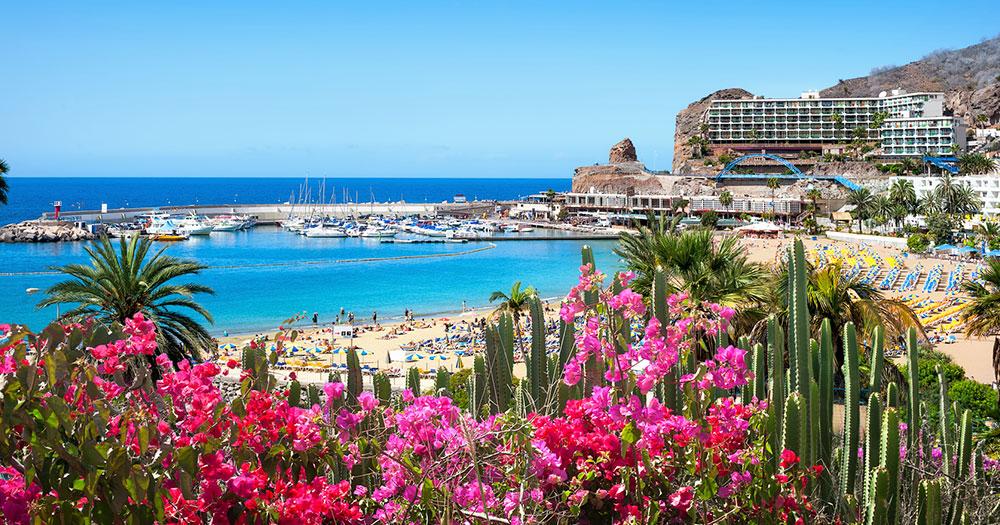 © Valery Bareta / Fotolia
© Valery Bareta / Fotolia
tourist places the prices are moderate. Otherwise they reach German level. Food is expensive in Gran Canaria. Cosmetics, spirits and tobacco products, however, are cheap. Especially expensive is the entrance fee for a family to the amusement park. Many German banks have a branch in Gran Canaria, where you can save fees for a cash withdrawal.
